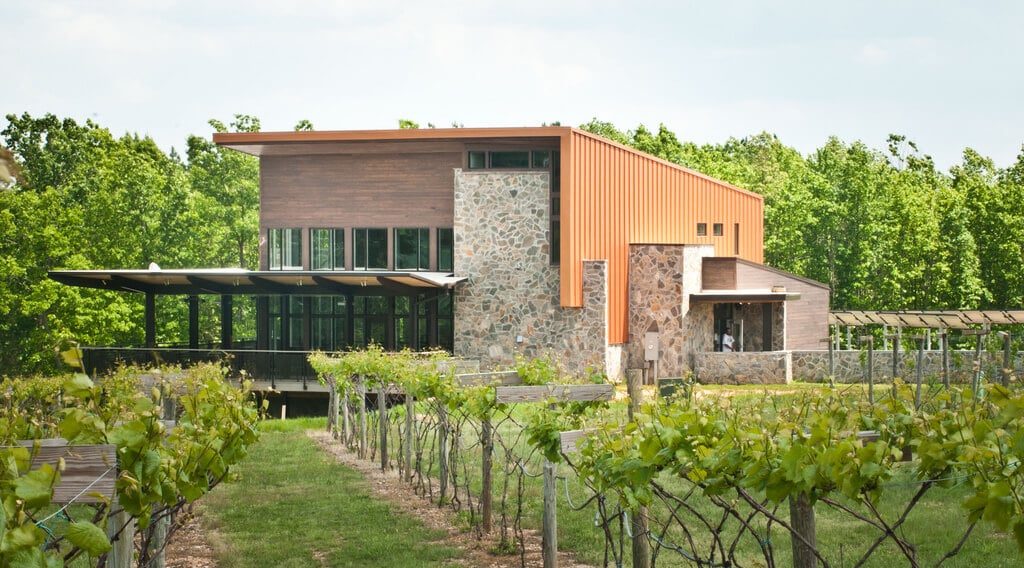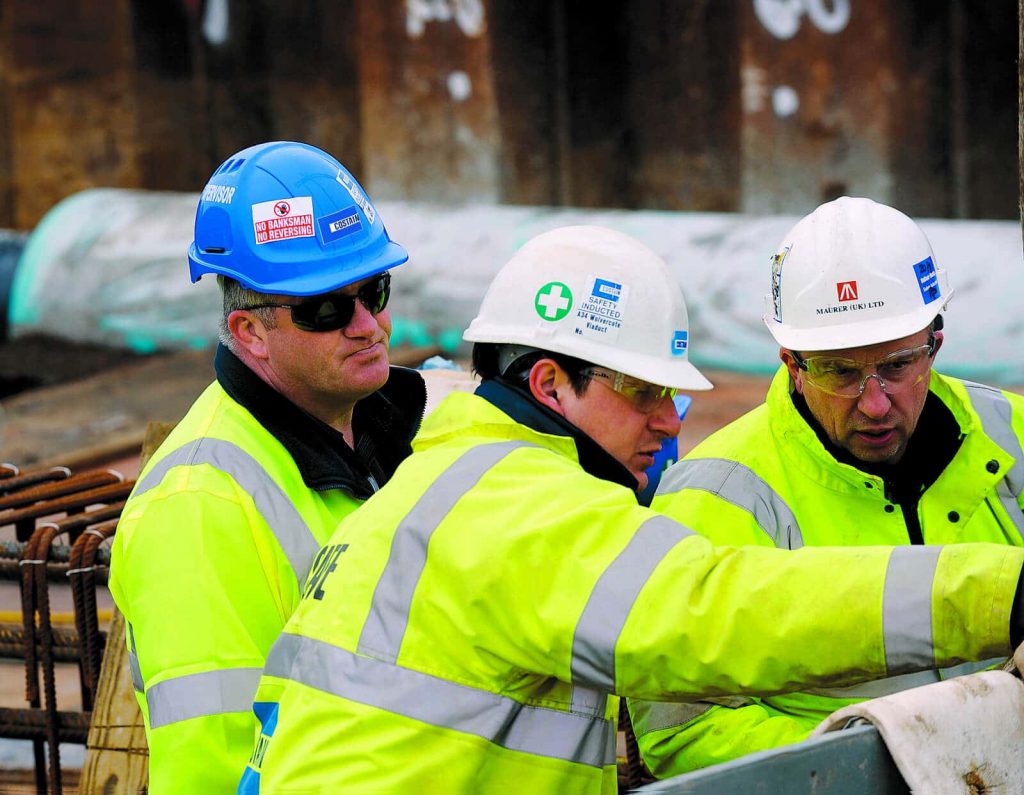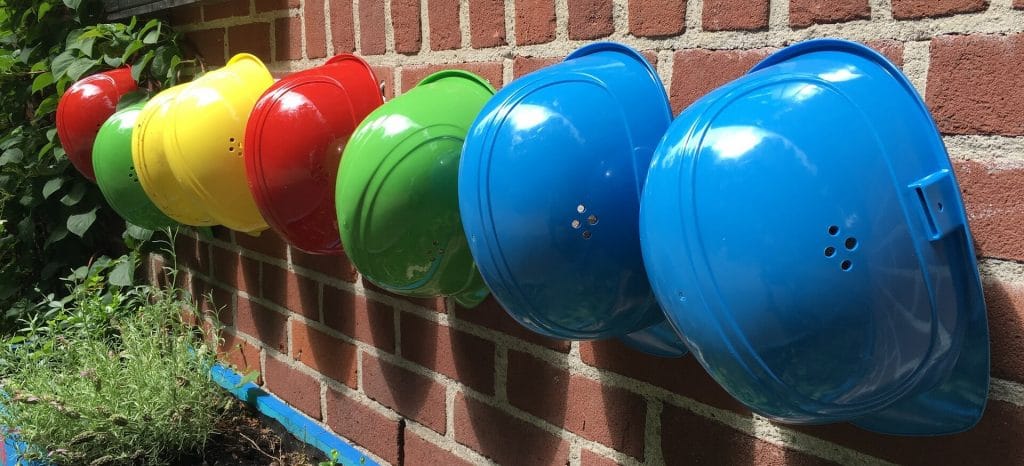Author: Alyson Laura, Sustainability Maven for GBES.com.
Where to look for value in green construction?
Everywhere! First, look at the fewer sick days occupants take because the indoor air quality promotes fresh air exchanges. That dollar keeps on giving long after the initial investment into safer material choices. Next, look at those solar panels covering their installation costs in only five years. Finally, it’s easy to see the value when tenants pay higher rates to lease green office space.
Green construction has proven to benefit the Triple Bottom Line: People, Planet, and Profit. The Triple Bottom Line has been a rally cry for green construction for decades. The rule of thumb is that a construction methodology or material earns a ‘green’ designation if it passes the Triple Bottom Line. Meaning it adds benefit to each sphere of influence without disproportionate negative externalities to any one sphere.
Triple bottom line value
People, Planet, Profit has been a mantra to sustainability professionals. It’s been drilled into our heads so repeatedly that today, the trendsetters of our industry are moving beyond the Triple Bottom Line and towards an ‘Ecology First’ paradigm of sustainability. (Read the Oct 2017 GBES blog about Ecodistricts to find out more about why ‘The Triple Bottom Line is Dead’)

An Ecology First approach to development will be a game changer for the financial valuation of green or sustainable construction projects. Ecology First places a dollar value on the natural ecosystem services that the topsoil, aquifers, and wildlife diversity have previously contributed for free. This places nature at the heart of our hierarchy of needs. From a healthy native ecology, humans can thrive. From a foundation of stability, tech ecology also allows humans to build structures in their environment that can either regenerate or disrupt nature.
Read also: BIM expert Matthew Jackson – Welcome to data ecosystem revolution!
Is Ecology First being practiced now? Not yet. Today, the greatest value opportunity for green construction is on a community scale. Huge potential exists in net positive impacts on zipcode cale bottom lines; like reducing the burden on municipal services and bolstering the resilience of national electricity grids. The green construction industry continues to grow and evolve because strong evidence exists that green buildings add tangible and intangible value to our lives and beyond.
Green products add health value
Sustainable construction requires sustainable materials be used in the project. For this moment, put aside the awesome environmental benefits of using products with recycled content and bio-based raw material sourcing. Instead, think about building components inside the envelope that off-gas their chemical ingredients into recirculated air. We can’t use expensive filters to solve all our indoor air quality (IAQ) problems. We must eliminate harm at the source by using products that have optimized attributes identified in Health Product Declarations (HPDs) or third-party verified certifications like GREENGUARD, Declare, and REACH labels.
Specifying products that reduce exposure to VOCs adds an intangible health benefit to building occupants by reducing asthma, allergies, depression, and stress caused by off-gassing of harmful material ingredients like formaldehyde. Fortunately, we have data that turns intangible benefits into empirical data. Michigan State University performed a study in 2010 that found moving from conventional to green office buildings resulted in an overall annual productivity increase of 2.6% or 40 additional hours of work per occupant. Therefore, occupants in green buildings have less absenteeism due to improved IAQ.
Regenerative water systems add environmental value
No longer is a cradle to grave approach reasonable for business as usual. Sure everyone recycles office paper and aluminum cans. But how many of us are recycling our blackwater? Moreover, who is doing it at the commercial high-rise scale? Salesforce San Francisco is blazing that trail with the largest blackwater recycling system in the U.S. For a great read, check out their blog and infographic.
Find also here: 5 solar energy trends in construction
Maybe you’ve seen the recent headlines that Cape Town South Africa is going to run out of fresh water? Green construction can prevent these problems before they reach crisis scale. The reason regenerative water systems have not caught on sooner is that we have yet to quantify the value of ecosystem services like water filtration through soil and into aquifers. However, the very tangible value of having fresh water available due to using alternative sources is an undeniable win-win for green construction and the planet.
Energy efficiency adds financial value
First, let’s define energy efficiency as:
a) reducing demand for energy inputs through high-performance design, THEN
b) reducing consumption of conventional energy sources by providing alternative sources.

The most direct outcome of energy efficiency is lowered utility bills, and increased asset value. According to a 2015 survey of building owners, they reported a 7% increase in value of green buildings over conventional ones.
To achieve reduced energy demand, designers need to specify high-performance glazing and insulation. Every penny spent up front is returned 10x when investing in a tight building envelope. The value comes in the form on monthly utility savings due to increased thermal mass and decreased infiltration/leakage.
Further reading: Why Are Green Buildings Important?
Decentralized infrastructure adds community value
To achieve reduced energy consumption, green buildings must provide an alternative energy source. Ideally, on-site or community scale renewable power from the sun or wind is the best way to offset purchasing conventional electricity from polluting sources. In addition, the creation of decentralized energy sources supports community resilience. This is good news for individual consumers who want more control of their consumption, and bad news for monopolistic corporations who want to make their users pay for new infrastructure. Read about how smart grids and microgrids add value to communities at Resilience.org.
Undeniable value in green construction
Still need more convincing? The World Green Building Council presents a clear case for the benefits of green buildings in practice today. For example, green buildings remain a pressing global issue because the GHG potential from the building industry is in the top 3 of all emission sources. Curious about residential and rental market trends? Read the business case for green building article at usgbc.org.
For more candid blogs about current trends in green and healthy buildings, check out gbes.com/blog.




